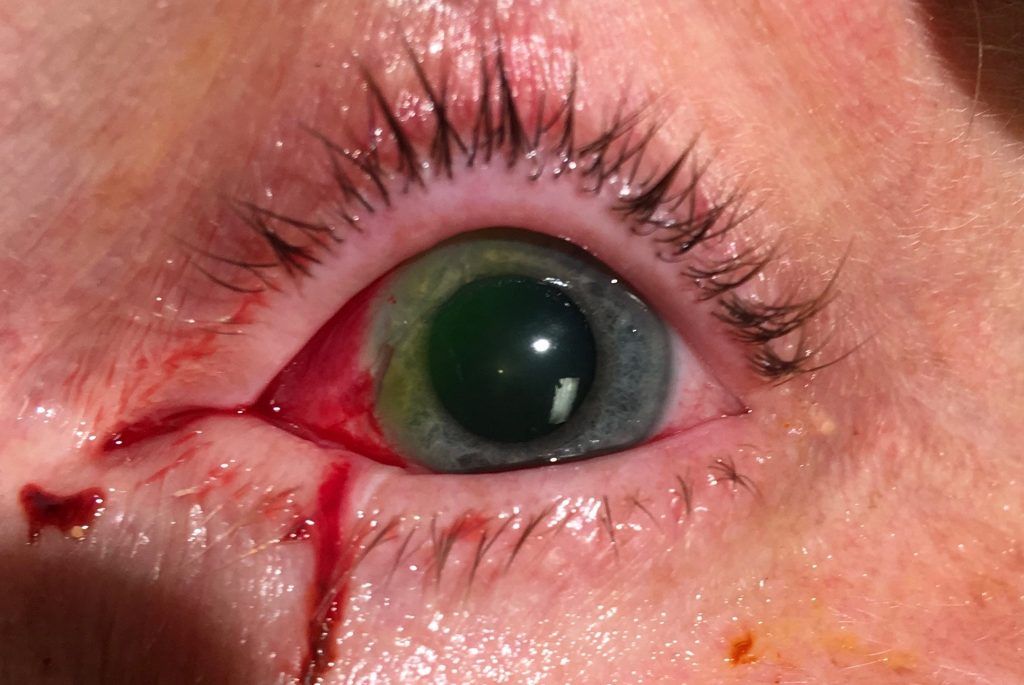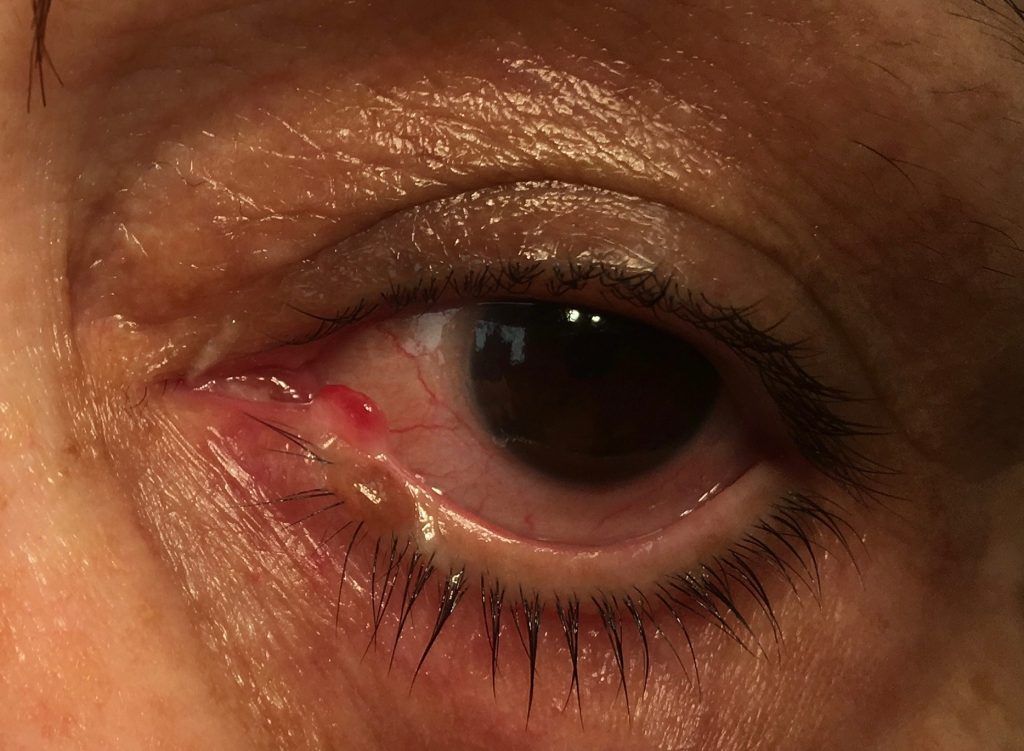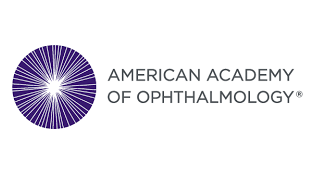Catching Up
Compliments of the Season! Finally, the wheel of work has come to a brief halt. So much has happened since my last blog.
I bring news of developments from the largest Ophthalmology conference on earth, the American Academy of Ophthalmology – 12000 ophthalmologists plus 8000 exhibitors and ancillary staff!
Highlights included new technology. These 2 Apps stand out as being of wide spread benefit to many:
Eye Drop Alarm
Be My Eyes
There were well known facts , which were being interpreted in a new light.
The importance of low diastolic blood pressure was proved in several studies to be associated with up to a 6 fold increased risk of open angle glaucoma. There were pointers to the old theory that nocturnal hypotension was a big player in glaucoma progression. Patients were advised to remain hydrated over night (Note to self: don’t forget that glass of water before going to bed).
The EAGLE study favoured clear lens extraction over laser peripheral iridotomies in patients who had intra ocular pressures greater than 30mmHg. It also showed that the risk of progressing to angle closure glaucoma in patients with narrow angles is small. You would have to do 1250 YAG laser peripheral iridotomies to prevent one episode of angle closure in high risk eyes. Most of those had PAS on gonioscopy. (I have never been a big fan of iridotomies, so, that was in keeping with my long standing opinion and practice).
IOL technology is always in the forefront of my mind with cataract surgery being such a large part of what we do to improve patients vision. Having assessed hours of lectures about state of the art cataract surgery, there clearly is still a large gap between what we want to achieve and what can be achieved. Unfortunately, some of what is being advocated is done so largely on commercial grounds.
I’d like to leave you with some facts on cataract surgery to think about.
1. Surgery is designed for older people. The average age in the UK that a cataract is removed is 76. The thought of people removing clear lens to get rid of glasses in patient’s aged 20-50 is a recipe for problems (they are much more likely to develop a retinal detachment because of the surgery).
2. A recent audit at the RVI showed in routine referrals for consideration for cataract surgery, different doctors listed between 2/3rds and 100% of patients. (I was at the 2/3rds end of the spectrum.) I found it hard to imagine how someone can list every single patient that walks through the door with a cataract! After all, every one over the age of 60 years of old has a bit of cataract.
The criteria for proceeding to surgery have always been related to ones visual symptoms significantly impacting on the quality of their life. Many patients have a mild limitation that may well not require surgery, and could continue for many years before something really needs to be done. For most people it is being able to see a number plate at 20 metres.
People seem to forget, it is cutting edge technology. We constantly offer people a procedure that is getting better and safer. That is what the last 25 years have been like and there is nothing to suggest the next 25 years won’t be the same. It is very much like buying a new computer; an update on the previous one is just round the corner!
We all accept it is quite a safe procedure but it is not bullet proof and some people can have serious problems because of the surgery.
3. Experts spend a lot of time arguing about the best intra ocular lens to put in patients and how patients with exacting visual requirements might not be the best candidates for particular lenses. Like may things that cause great debate, their is no clear winning answer. The bottom line is, the physics of the current available lenses are nothing like the original human lens it is replacing. There is a lot of hype about Multi-focal lenses (which were rebranded ‘Premium lenses’ for marketing purposes) but the realty is, that multi-focal lenses work by putting multiple images on the retina and the brain choses, which is clearest. Not only that, but the interface produces glare and a reduction of image quality because the light is split. Glare is a common symptom patients are trying to get rid of in the first place!
4. Astigmatism (toric) correction does have a real benefit in some patients. Exactly where that boundary is drawn is debatable. This will depend on the precise position of the astigmatism and whether the surgeon is left or right handed. As a general rule of thumb, if I had more than 1.75 dioptres of astigmatism, I would want a toric IOL.
The post Catching Up appeared first on Eric Barnes | Newcastle Eye Surgeon.















